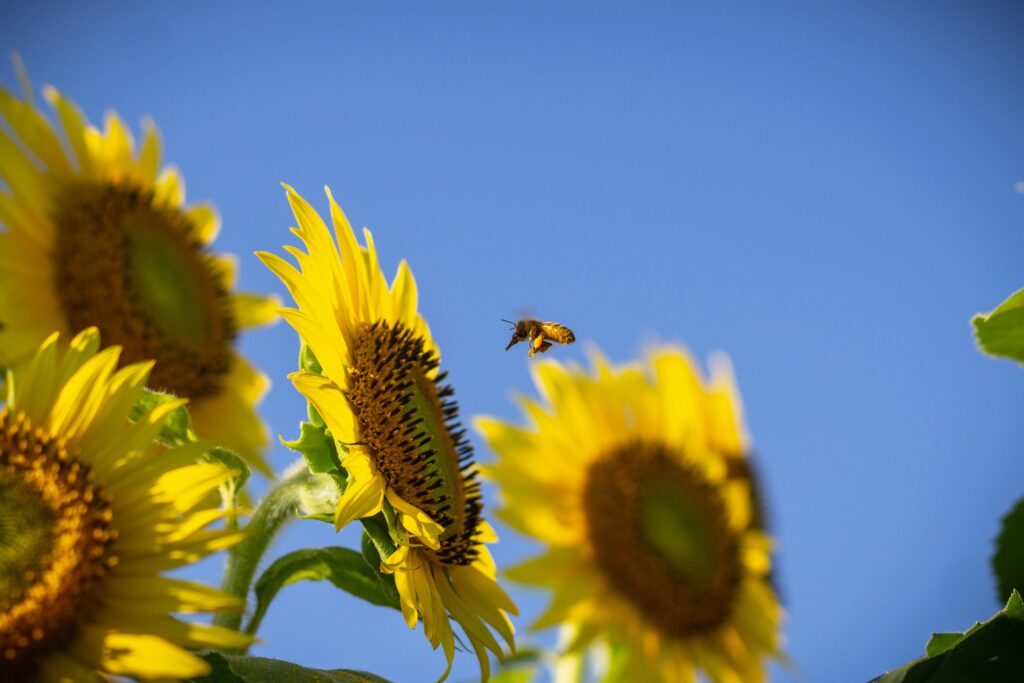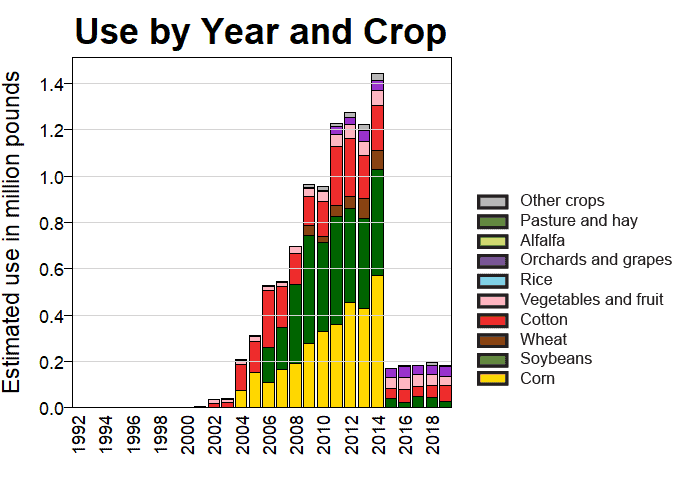For the third year in a row, the British government is allowing farmers to use a banned pesticide. Thiamethoxam, a type of neonicotinoid, was granted emergency approval to be used on sugar beet in England in 2023. This comes just after the UK government advocated for a global pesticide reduction target at the UN COP15 biodiversity talks in Montreal, and after the European Union toughened restrictions against this type of pesticide.

As it currently stands, without pesticides, we wouldn’t be able to feed the world. But reckless pesticide use is affecting the environment.
Some pesticides are worse than others, and in the early 2010s, several peer-reviewed studies started showing that neonicotinoids were affecting bees and triggering problems such as colony collapse disorder. In 2012, regulatory bodies had already started taking notice of this. The European Food Safety Authority started an investigation and in 2013, implemented the first major restrictions on some neonicotinoid insecticides. Among the banned products was also thiamethoxam. In 2018, the ban was expanded, and thiamethoxam was banned for all outdoor uses.
The UK, still in the European Union at the time, also implemented the ban — and kept it even after their departure from the union. But for the third year in a row, the government granted emergency usage for beet farmers.
The first emergency use authorization was in 2021, when the pesticide was to be used to save sugar beets from a virus transmitted by aphids. However, there were lower levels of this disease than expected. In 2022, and now 2023, the emergency use approval was extended.
The approval comes despite an advisory from the country’s Expert Committee on Pesticides, which once more advised against it. The Pesticide Collaboration, a coalition of health, environmental, farming and consumer groups, academics and trade unions further criticized the decision as it was shrouded in secrecy and did not allow a proper review by experts.
Sandra Bell, a representative at Friends of the Earth, an international network of environmental organizations, scorched the decision.
“It’s incredibly brazen to allow a banned bee-harming pesticide back into UK fields mere weeks after the government talked up the need for global ambition on reducing pesticides at the UN biodiversity talks in Montreal. This is the third consecutive year that the government has gone directly against the advice of its own scientific advisors with potentially devastating consequences for bees and other vital pollinators.
“The health of us all and the planet depends on their survival. The government must fulfil its duty to protect wildlife and keep pesticides off our crops for good – that means supporting farmers to find nature-friendly ways to control pests.”
Joan Edwards, director of policy & public affairs at The Wildlife Trusts, also emphasized that it’s the third time the government has done this, authorizing “the use of a banned neonicotinoid, one of the world’s most environmentally damaging pesticides, defying the advice of the Government’s own Expert Committee on Pesticides for a third year in a row.” Edwards also criticized how the UK is falling behind its European peers.
“Only a few days ago, the EU’s highest court ruled that EU countries should no longer be allowed temporary exemptions for banned, bee-toxic neonicotinoid pesticides, putting half of all such derogations to an end. Yet this Government deems it acceptable to allow the use of a toxic pesticide that is extremely harmful to bees and other insects, at a time when populations of our precious pollinators are already in freefall. This is unacceptable when the Government should be implementing fast, meaningful support to help farmers move away from a reliance on toxic pesticides.”
Meanwhile, the UK government said that measures would be in place to restrict the use of the pesticide only if the virus incidence reaches a specific threshold. UK farming minister Mark Spencer said the decision was necessary to protect the industry and the “potential danger of an outbreak of the beet yellows virus on the nation’s sugar beet crop and the impact it could have on the production of UK sugar.” Representatives of beet growers also welcomed the measure.

Neonicotinoids work in a similar way to nicotine, as the name implies. However, their effect is much more potent. A single teaspoon of a neonicotinoid is enough to kill 1.25 billion bees, and pesticides can remain in the environment for a long time.
In the meantime, bees continue to decline, and without further pesticide bans, it’s hard to improve the situation.






